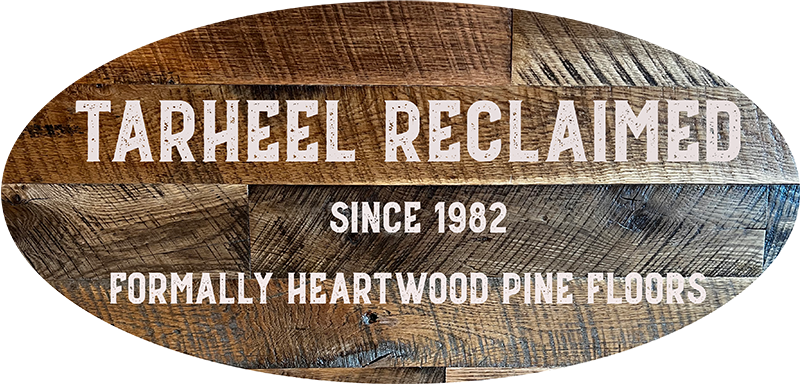Reclaimed wood ceilings have become immensely popular for their beauty and tie to sustainability, but there are many questions homeowners and builders have about whether or not the initial cost is worth the longer-term benefits.
So, let us answer the question, is a reclaimed wood ceiling worth it in the East Coast States.
Upfront Costs
Upfront costs for reclaimed wood ceilings can differ depending on several factors. Compared to conventional wood ceilings, reclaimed wood ceiling installations will have a higher cost of installation as reclaimed wood requires specialist labor due to the variations in size, shape, condition, and structure.
Many of these are legitimate reasons to have concerns about making the overall investment, but once we expand our definition of value, we may be able to put the cost in perspective.
Value in Aesthetics
A reclaimed wood ceiling looks unique with its scuffed floor seconds and plywood sheets. But there is nothing like the character that exists with reclaimed wood materials.
Reclaimed wood ceilings contain history and spirit that adds character to a home with each board through a story which is told through the knots, nail holes, bone dry, scuffed edges, and a patina developed over decades. Interior designers often recommend it for the added detail, warmth, and texture that create the perception of luxury in a room.
Durability and Longevity
The durability of reclaimed wood ceilings is one of its biggest selling points. Much of the reclaimed wood we see today comes from older buildings, meaning the wood has held up over time. Reclaimed wood is often made from old-growth lumber, which is often denser and more stable than current-day, farm-raised lumber. With proper treatment and installation, a reclaimed wood ceiling can last generations and requires very little maintenance.
A reclaimed wood ceiling is truly a durable investment in quality construction and lasting beauty.
Added Property Value
If reclaimed wood ceilings are viewed from a real estate perspective, they possess the ability to improve the value of a property. Many potential buyers commonly interpret reclaimed wood features as quality craftsmanship, sustainability, and environmental stewardship.
It's hard to quantify the level of return on investment, but many realtors will agree that architectural detail like reclaimed wood can enhance the value of a home and make it more desirable in a multiple-offer situation. In the high-end marketplace, this can lead to a quicker sale and greater price.
Sustainability
Choosing a reclaimed wood ceiling represents a responsibly laid sustainability framework within building practices. When homeowners re-use wood from barns, factories, or old structures, they are lessening the demand for newly harvested lumber and consequently lowering deforestation.
The carbon footprint from production and transportation is also much smaller. The environmentally-conscious choice not only cuts down on waste but also helps meet sustainable home certification objectives such as LEED.
In conclusion, while the cost of a reclaimed wood ceiling may be higher initially, the long-term value provided by reclaimed wood ceilings both aesthetic and practical use investment worth it.
Tarheel Reclaimed is the best reclaimed wood ceiling installer in the East Coast States known for their affordable services which are of the highest quality.

